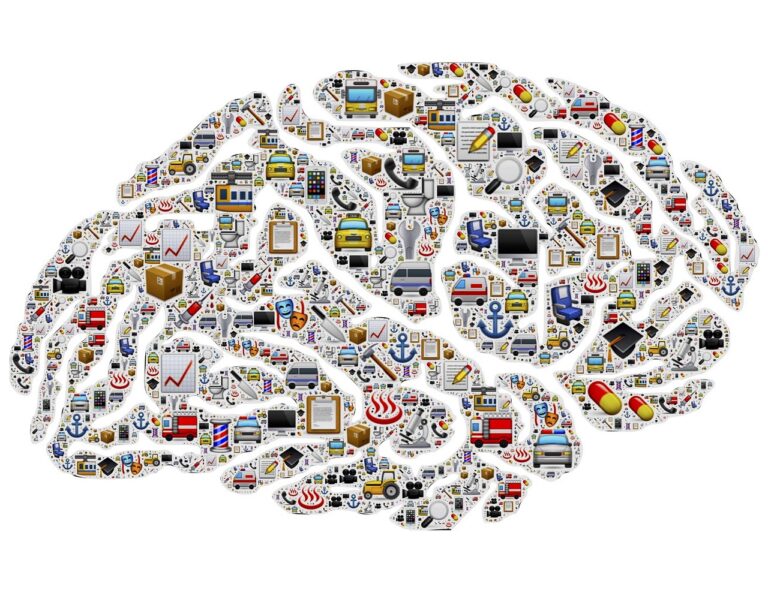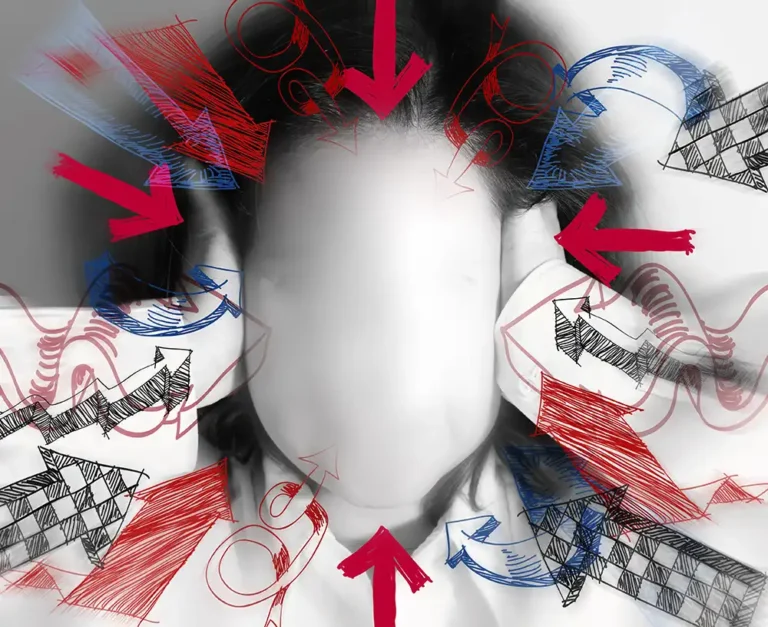“Get me out of here!” your child screams kicking his feet back and forth and playing with his food. It’s been all of ten minutes at the dinner table and your youngster just can’t sit still. He won’t go to bed and there is a ball bouncing in his bedroom until 11:00 pm. Finally, by 11:30 pm emerges peace and quiet.
The following afternoon the phone rings. You look at the caller ID and see a number you have memorized. It’s Mrs. A, your son’s 1st grade teacher, with complaints about him sharpening pencils, going to the bathroom, and talking out of turn. You wonder — do all parents get this many phone calls. What’s going on with my child?
We may have the answer: attention deficit hyperactivity disorder (ADHD). ADHD is a clinical diagnosis and those who suffer from it often need treatment. Physicians use rating scales, often filled out by teachers and parents, to help child psychiatrists determine whether the patient has the condition or if another problem may exist. Psychiatrists also observe the child interacting with parents, playing with toys, and assess their ability to maintain attention and concentration during the interview.
In order to meet diagnostic criteria for ADHD according to DSM V, several symptoms of inattention and hyperactivity must appear in two separate domains (i.e. home and school) and be present before a child becomes 12 years of age. Research shows that the worldwide prevalence of ADHD is 3.4% (CI 95% 2.6-4.5).146–66% will continue to meet diagnostic criteria into adulthood.2
While some psychiatric disorders respond well to therapy alone, ADHD may require treatment with medication in addition to behavioral therapy. Stimulants are often prescribed because they tend to be quick acting and effective. But if there is a family history of premature death secondary to a cardiac etiology; cardiac clearance must be obtained from a pediatrician before starting a stimulant.
As a parent you can assist your child with his or her ADHD symptoms. Setting strict limits, using reminder alarms, and asking children to complete single step tasks are helpful. Teaching your child to make lists and prepare themselves for school the night before helps avoid forgotten lunches and homework assignments. If it seems like your child is not listening, they really may not be. Repeat yourself, keep calm, and be patient.
- Polanczyk, G. V., Salum, G. A., Sugaya, L. S., Caye, A., & Rohde, L. A. (2015). Annual research review: A meta-analysis of the worldwide prevalence of mental disorders in children and adolescents. Journal of Child Psychology and Psychiatry and Allied Disciplines, 56(3), 345-365. doi:10.1111/jcpp.12381
- Barkley RA, Fischer M, Smallish L, et al. The persistence of attention-deficit/hyperactivity disorder into young adulthood as a function of reporting source and definition of disorder. J AbnormPsychol 2002; 111: 279-289.
- Ebejer JL, Medland SE, van der Werf J, et al. Attention deficit hyperactivity disorder in Australian adults: prevalence, persistence, conduct problems and disadvantage. PLoS One 2012; 7: e47404.
- Faraone SV, Biederman J, Mick E. The age-dependent decline of attention deficit hyperactivity disorder: a meta-analysis of follow-up studies. Psychol Med 2006; 36: 159-165.












